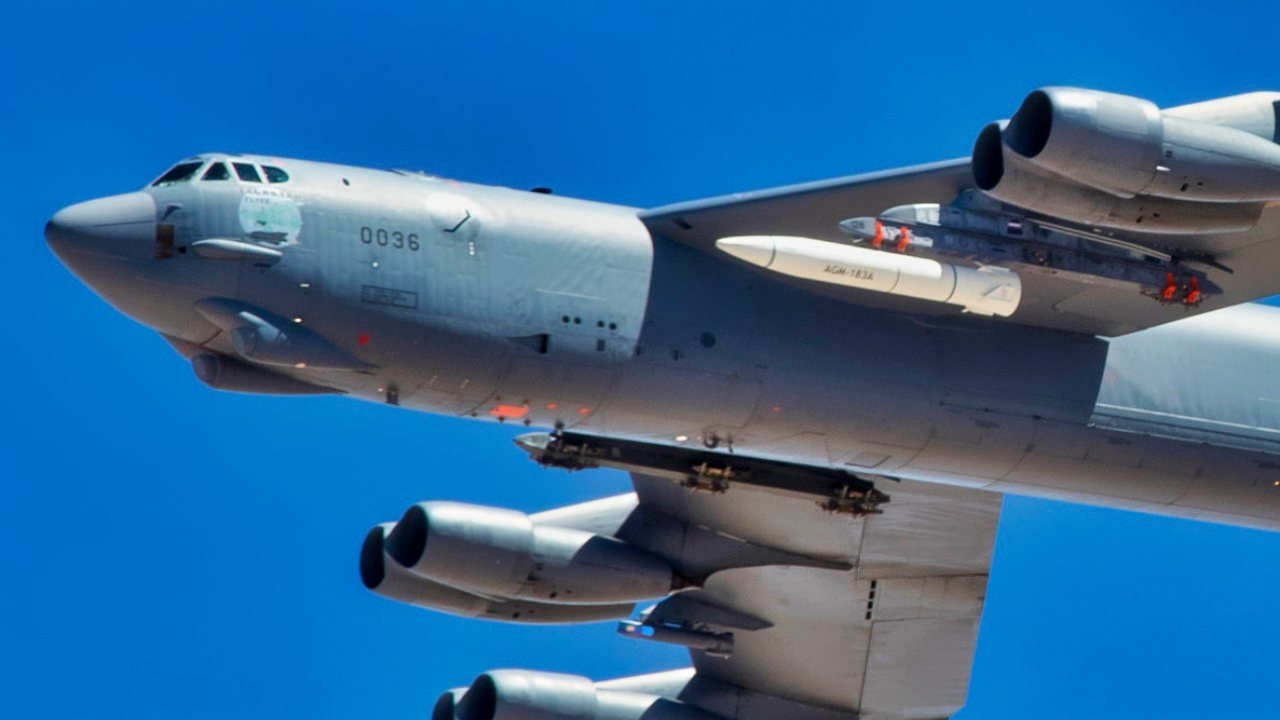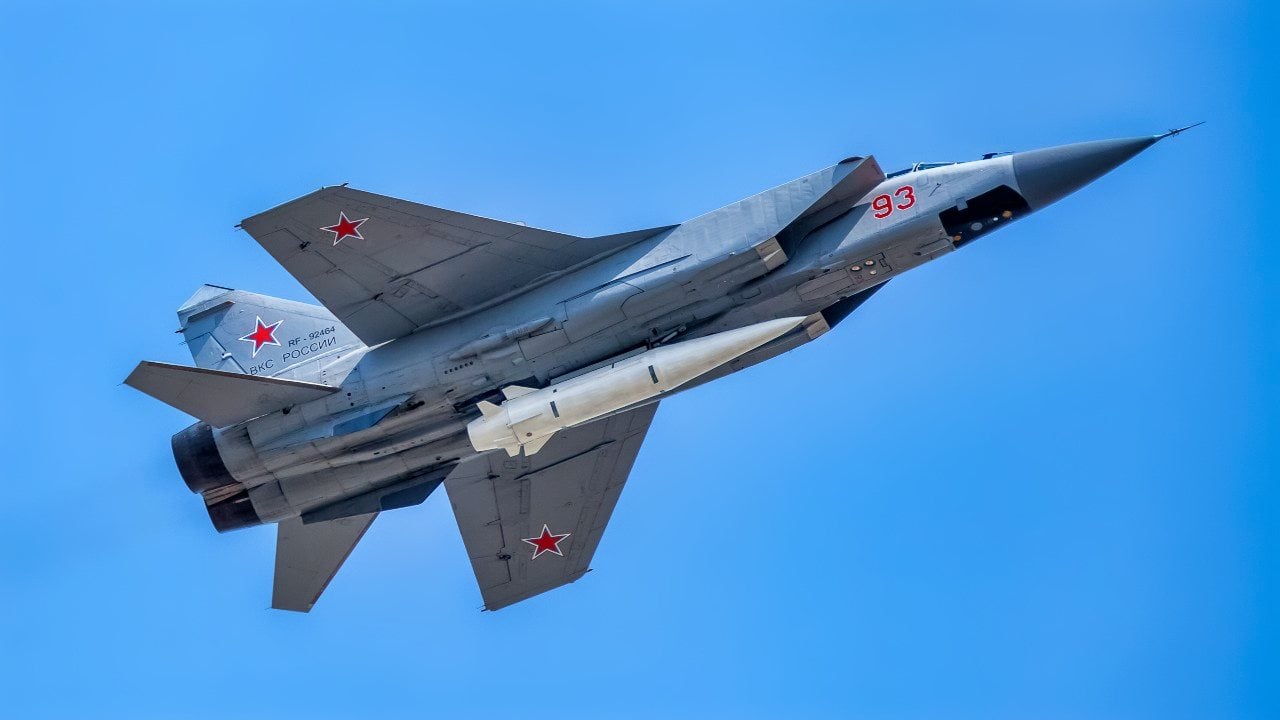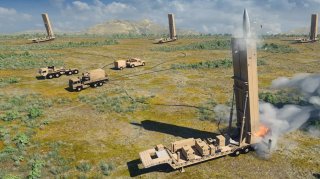Forget NGAD or Ford-Class Aircraft Carriers: America Needs Hypersonic Weapons
The U.S. is lagging behind China and Russia in developing hypersonic weapons, which are advanced systems capable of evading most current defenses due to their high speed and maneuverability. Despite having the lead time and resources, the U.S. did not prioritize these technologies, allowing its rivals to gain a strategic advantage.
Summary and Key Points: The U.S. is lagging behind China and Russia in developing hypersonic weapons, which are advanced systems capable of evading most current defenses due to their high speed and maneuverability. Despite having the lead time and resources, the U.S. did not prioritize these technologies, allowing its rivals to gain a strategic advantage.

-Russia has deployed hypersonic weapons operationally, and China has made significant strides, including building the world's largest hypersonic wind tunnel and conducting successful tests.
-This technological gap poses a serious concern for U.S. defense policymakers, suggesting a need for focused investment similar to a "Manhattan Project" for hypersonic weapons.
America Remains Behind China and Russia in Hypersonic Capabilities
The U.S. is finding out the hard way what happens when a country fails to innovate their way of war in a dynamic threat environment.
Hypersonic weapons are not new technologies. They’ve been with us since the Cold War. Over the last 10 years, however, there has been a surge in the development and production of these systems. Traveling at eye-popping speeds, these weapons are capable of maneuvering in unpredictable ways that make tracking and shooting them down very difficult.
Despite enjoying considerable lead time to develop such systems during America’s so-called unipolar moment, the U.S. military failed to prioritize these systems. America’s rising rivals China and Russia sought to build these systems, and they did.
We’re Number Three
Today, the United States is behind in the race for viable hypersonic weapons. Not only is China ahead of the U.S., but so is the Russian military, which fields both a cruise missile version of a hypersonic weapon and a longer-range platform that can reach deep within the United States. Unlike conventional ballistic missiles, the hypersonic weapons the U.S. is faced with today can evade most of America’s homeland defenses, giving America’s foes real strategic advantages.
Some reading this will likely argue that the Americans are making progress on the development of their own system. Indeed, the Americans are making headway. But they find themselves in an unenviable third place. This should be of grave concern to Washington’s policymakers.
In the case of Russia, Moscow has proven that it is able to both build and deploy their hypersonic weapons in combat. Indeed, recent news indicates that the Russian flotilla that was sent to Cuba had with it a naval platform capable of firing the Russian hypersonic weapons. This was an implied threat to the United States that Russian forces, regardless of the retaliatory capabilities of the Americans, could come within striking range of America’s East Coast, and launch hypersonic cruise missiles against which the U.S. currently lacks adequate defenses.

The guardians of conventional thinking insist that the Russian systems are all hype. This is a ridiculous notion not borne out by the facts.
China’s Capabilities
They say similar things about the Chinese systems. Again, the Chinese have developed far more sophisticated hypersonic capabilities than the Americans.
Back in 2023, China announced the opening of the world’s largest hypersonic wind tunnel, a key piece for testing hypersonic technology. China again shocked the world when it tested a long-range hypersonic weapon that circumnavigated the world repeatedly before coming down within 20 miles of its intended target deep inside the Gobi Desert.
What’s more, thanks to their real-world tests, China’s scientists are figuring out how to maintain control over their hypersonic systems even as they re-enter the atmosphere and are encased in superheated plasma, by using a combination of 6G internet and lasers to beam signals that can penetrate the plasma field.
America Behind
America is behind. Dangerously. For all the money that is spent on defense, it is only recently that any real concentration has been given to developing America’s own hypersonic capabilities. And there are setbacks in the U.S. program.
Meanwhile, Russia expands its arsenal and China, with their impressive mass production abilities, stand poised to outstrip everyone. An imbalance of forces exists in the hypersonic domain.
Rather than blowing money on a sixth-generation warplane or another aircraft carrier, perhaps the Pentagon should have a Manhattan Project for hypersonic weapons.
Author Experience and Expertise: Brandon J. Weichert
Brandon J. Weichert, a National Interest national security analyst, is a former Congressional staffer and geopolitical analyst who is a contributor at The Washington Times, the Asia Times, and The-Pipeline. He is the author of Winning Space: How America Remains a Superpower, Biohacked: China’s Race to Control Life, and The Shadow War: Iran’s Quest for Supremacy. His next book, A Disaster of Our Own Making: How the West Lost Ukraine, is due October 22 from Encounter Books. Weichert can be followed via Twitter @WeTheBrandon.
All images are Creative Commons or Shutterstock. Main image is from a fire aboard USS John F. Kennedy in 1968.
From the Vault
Russia Freaked Out: Why the U.S. Navy 'Unretired' the Iowa-Class Battleships
Battleship vs. Battlecruiser: Iowa-Class vs. Russia's Kirov-Class (Who Wins?)


